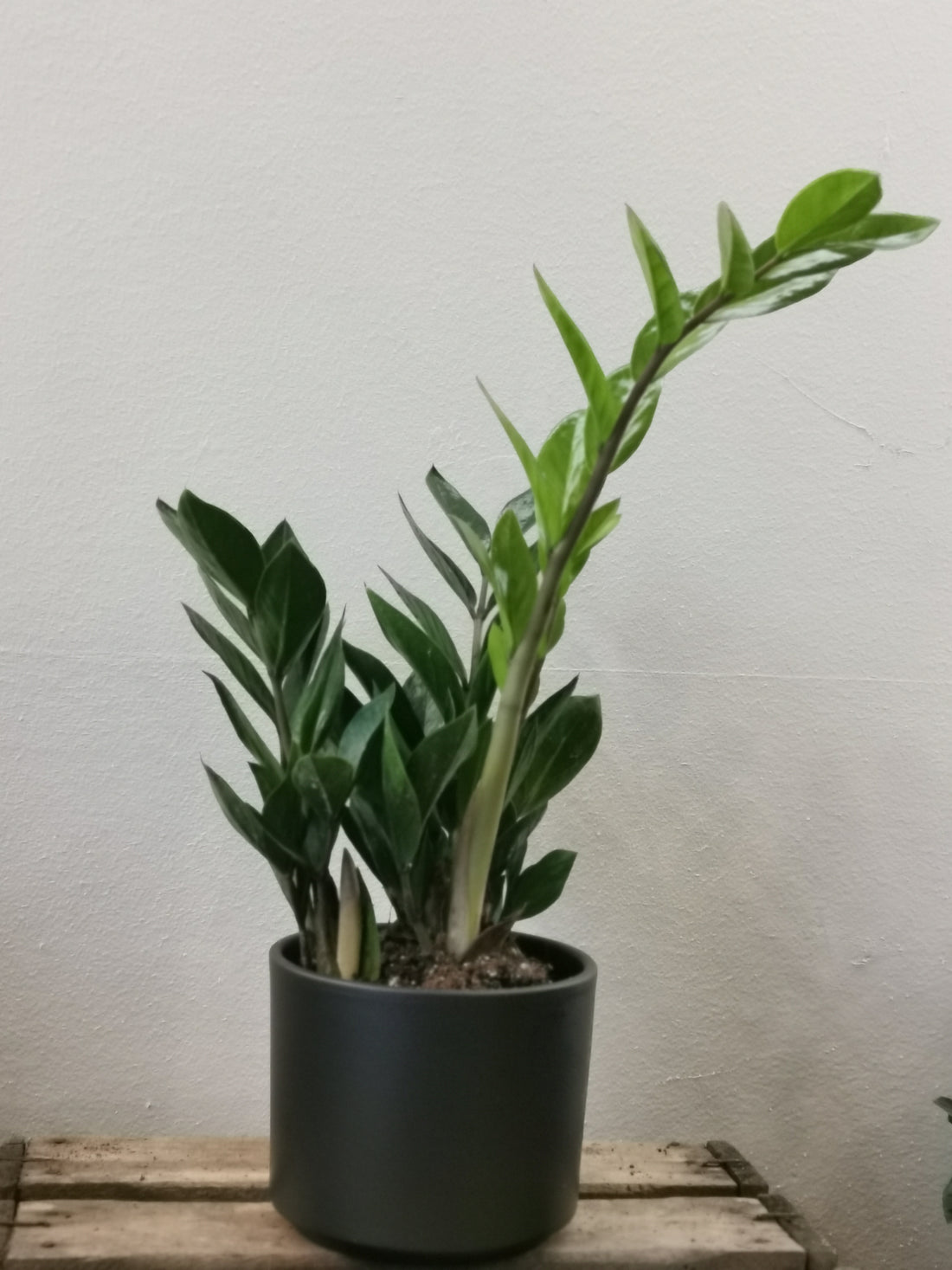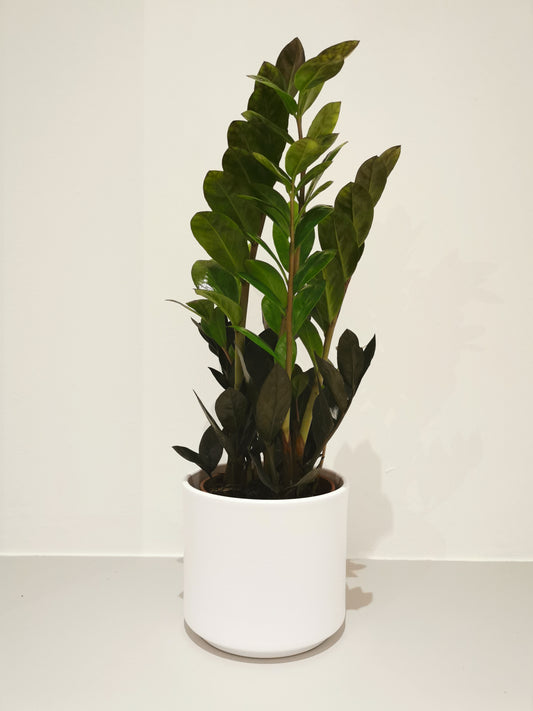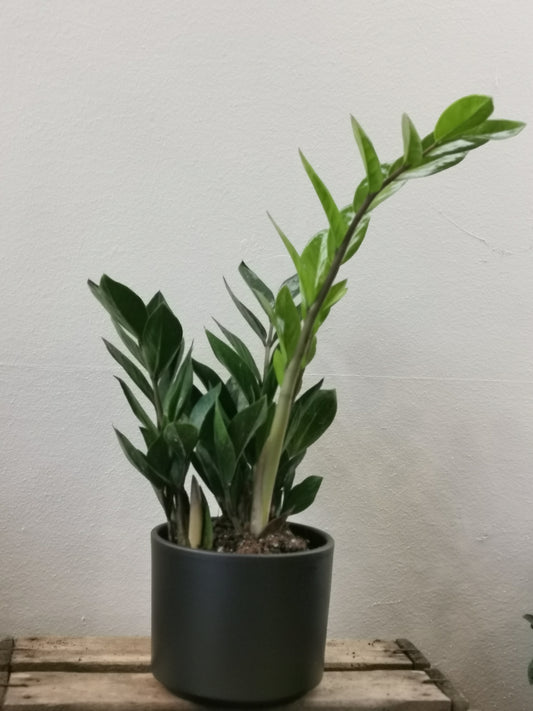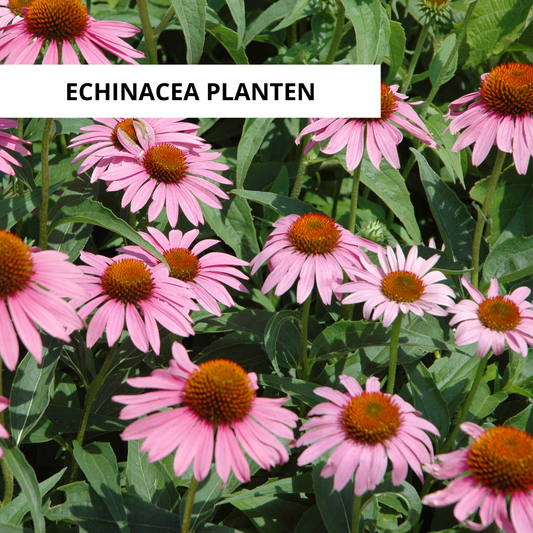
Caring for the Zamioculcas
Share

The ZZ plant is a popular houseplant that originates from Africa. It is known for its glossy green leaves and its ability to thrive in low light conditions. The Zamioculcas is an easy plant to care for, and is a good choice for beginners.
When watering, make sure the soil dries out completely between waterings. The plant can tolerate some neglect, but will yellow if it doesn't get enough light. If you're looking for a low-maintenance plant that will give your home an elegant look, the Zamioculcas is a good option. This plant is ideal for student digs! Looking for more plants for your student digs ?
Zamioculcas in general
Zamioculcas is a genus of flowering plants in the family Araceae, native to East Africa. The genus includes several species. The ZZ plant is a plant that usually grows to 30-60 cm tall. The leaves are leathery, and glossy green, with veins running the length of the leaf.
The flowers are small and inconspicuous, and are on inflorescences that arise from the leaf axils. The fruits are berries that turn black. Zamioculcas is native to Kenya, Tanzania and South Africa. It is commonly grown as a houseplant and has been introduced to other parts of the world, including Australia, Europe and North America.
Zamioculcas species
These are the most common Zamioculcas, but there are more than this list contains.
If you are looking for another type, you can always contact us. We can order almost any plant in the world from our specialized growers in Asia. You can contact us via email or social media or just drop by the store.
Caring for Zamioculcas
Zamioculcas and sunlight
In particular, the Zamioculcas tolerates low light. This makes it a good option for rooms that do not receive much sunlight.
However, the plant does thrive in a sunny spot. When choosing a spot for your Zamioculcas, look for a spot that receives bright, indirect light. If the leaves start to turn yellow, this is an indication that the plant is not getting enough light. Move it to a brighter spot and you should see a difference within a few days.
Watering Zamioculcas

Despite its reputation as a low-maintenance plant, the Zamioculcas does require some basic care to thrive. One of the most important things to remember when caring for a Zamioculcas is not to overwater it.
The plant prefers to be kept slightly moist, but not soggy, and it is important to allow the soil to dry out between waterings. Watering once every 2 weeks should be sufficient in most cases, but more frequent watering may be necessary during periods of warm weather or if the plant is in a very sunny spot.
Also, make sure to use lukewarm water when watering your Zamioculcas, as cold water can damage the roots of the plant. With a little care and attention, your Zamioculcas will thrive and give you years of enjoyment. Overwatering can lead to root rot .
Common problems with Zamioculcas
One of the leaves turns yellow
If your Zamioculcas plant has yellow leaves, there could be a few different reasons. One possibility is that the plant is not getting enough light. Zamioculcas plants prefer bright, indirect light, so if yours is in a spot with low light, it may start to turn yellow. Another possibility is that the plant is getting too much water.
ZZ plants are fairly drought tolerant, so overwatering them can cause the leaves to turn yellow and drop off. Lastly, it can be a sign of nutrient deficiency. Make sure to fertilize your plants regularly to prevent this.
If you are unsure of the cause of the yellowing, you can try moving your plant to a brighter spot and/or allowing the soil to dry out between waterings. If the problem persists, feel free to reach out for help!
The ZZ plant falls over
If you have a Zamioculcas that looks a little top-heavy, don't worry - it's normal for this plant to fall over. Zamioculcas has long, slender stems that are not suited to support the weight of the leaves, so the plant often falls over as it grows. However, this does not mean that your plant is unhealthy.
In fact, falling over is a sign that your Zamioculcas is growing well. If you want to encourage your plant to stand upright, you can tie it down or add extra weight to the pot. Otherwise, just let it fall and enjoy the peaceful appearance of this plant.
The roots come out from under the pot
If you notice that your Zamioculcas' roots are coming out of the pot or that the pot is cracking, it's time to repot the plant. Make sure to choose a pot that is only slightly larger than the current pot and has drainage holes in the bottom. Use a good quality potting soil that is light and airy, such as a mixture of peat moss,perlite and vermiculite . Want to know more about how to use perlite or vermiculite? Read our blog about it here
- How to use vermiculite in potting soil?
-What perlite is
Before repotting your plant, water the soil thoroughly and then carefully remove it from its old pot. Carefully remove any clogged roots, then place the plant in the new pot and fill it all around with fresh potting mix. Water well and continue to water regularly as needed. With a little extra care, your Zamioculcas will soon flourish again.
Having trouble choosing the right pot ?
Is Zamioculcas Poisonous?
However, some people are concerned about the safety of ZZ plants, as they are often listed as toxic to pets. While it is true that all parts of the plant are poisonous if ingested, the toxicity level is relatively low. Symptoms of poisoning include vomiting, diarrhea, and drooling. In most cases, these symptoms disappear within a few days and do not cause any lasting damage. However, it is always best to err on the side of caution and keep ZZ plants out of the reach of pets and small children.
Zamioculcas and pests
The Zamioculcas, also known as the ZZ plant, is known for its robustness and low maintenance. However, this strong plant can be susceptible to certain pests, especially when growing conditions are not optimal. Think of spider mites, aphids and mealybugs, which can settle on the leaves and stems. These pests feed on the sap of the plant, which can lead to discoloured or wilted leaves.
The Zamioculcas cuttings
Taking cuttings from a Zamioculcas is an easy way to propagate your plant. You can do this by cutting off a healthy leaf or stem from the plant. Choose a firm, mature leaf and cut it off close to the base. Then let the leaf dry for a few hours so that the cut can heal and rot is prevented.
Then place the leaf in moist potting soil or water. Make sure the cutting is in a warm, light place, but not in direct sunlight. It can take a few weeks to months for roots to start growing, so patience is important. Once the roots are strong enough, you can plant the new Zamioculcas in a separate pot and care for it as you would a mature specimen.
The leaves of my zamioculcas are turning yellow
Yellow leaves on a Zamioculcas can be a sign that the plant is not getting the right care. The most common cause is overwatering.
Zamioculcas plants store water in their rhizomes and only need occasional watering. Overwatering can lead to root rot , which causes the leaves to turn yellow and eventually die.
Another possible cause is a lack of light. Although Zamioculcas can survive well in shady environments, prolonged exposure to too little light can disrupt growth and cause leaf yellowing.
In addition, pests such as spider mites or mealybugs can also contribute to leaf discoloration, as they weaken the plant by sucking the sap from the leaves.
A question that is not answered? Please contact us via email, social media or telephone!






